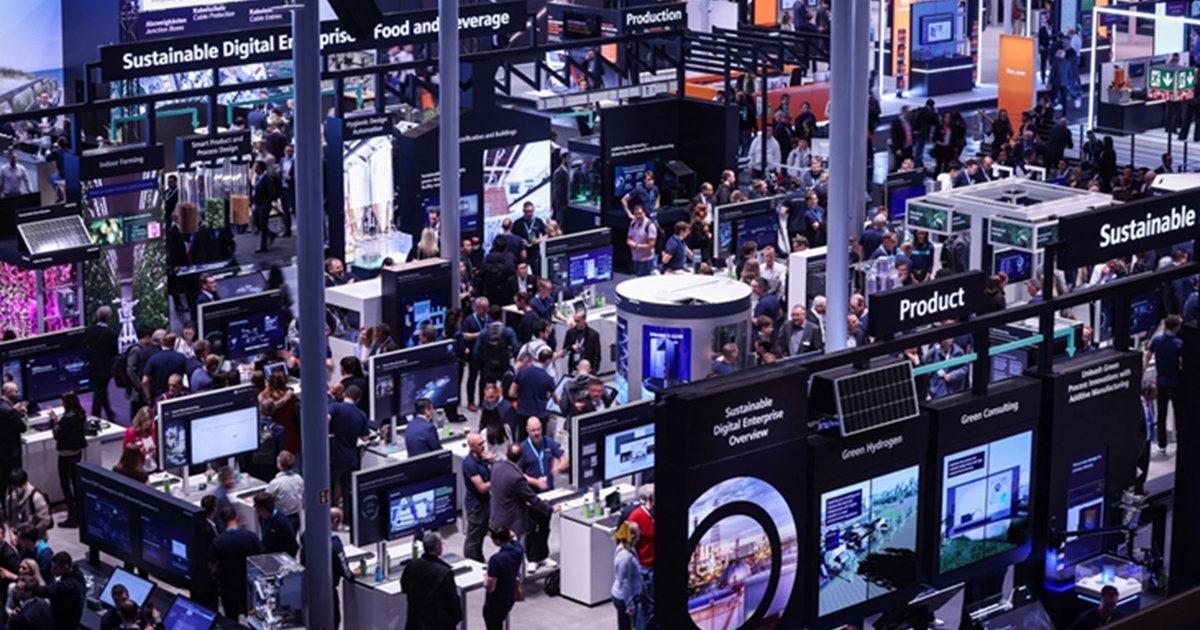The energy at Hannover Messe was electric this year, reflecting a manufacturing industry in the midst of profound change. The exhibition floor showcased not just technological evolution but revolution—with solutions that were conceptual just 24 months ago now operating at scale in facilities worldwide. This acceleration signals a critical inflection point for the entire industrial sector. As I navigated the innovation-packed pavilions, five key trends stood out as particularly significant for manufacturing’s trajectory:
From Experimentation to Scaled AI Solutions
AI and machine learning have transitioned from theoretical pilot programs to essential business tools in manufacturing that deliver immediate financial impact. By combining open-source libraries like TensorFlow and PyTorch with ML platforms, manufacturers are reducing energy consumption across production lines by optimizing machine parameters in real-time. These accessible development frameworks have democratized AI implementation, enabling computer vision quality inspection that eliminates most manual checks while improving defect detection rates. This represents a broader trend: manufacturers leveraging powerful open-source AI tools to create systems that solve specific business challenges with remarkable precision and scalability.
Generative AI Transforming Workplace Communication
Manufacturing’s digital transformation has reached a tipping point as generative AI chatbots have become omnipresent guides, advisors, and problem-solvers throughout production environments. Maintenance technicians troubleshoot equipment issues through conversational interfaces, accessing decades of institutional knowledge immediately. Sophisticated AI assistants connect seamlessly with design files, manuals and real-time process data, dramatically reducing downtime while accelerating the transition to paperless manufacturing workflows.
AI Agents: The Next Frontier
The next wave of industrial AI is moving beyond generating content to autonomously taking action. The advanced agentic systems now emerging in manufacturing environments can independently make decisions, interact with multiple software systems, and even control physical automation. What makes these agents truly revolutionary is their ability to improve through iterative cycles — essentially evolving their decision-making capabilities over time. They’re already transforming operations by enabling real-time responsiveness and near-autonomous systems while maintaining crucial human oversight. By mid-decade, these AI agents will transition from cutting-edge technology to essential manufacturing infrastructure.
Material Movement Automation: First to Scale, First to Transform
The automated material movement revolution demonstrates why scaling — not just innovation — is the true measure of transformative technology. While manufacturers have experimented with countless automation technologies, autonomous mobile robots have distinguished themselves by successfully scaling beyond pilot programs to full enterprise deployment. This scaling achievement required overcoming substantial challenges in fleet orchestration and systems integration across diverse manufacturing environments. The result is manufacturing’s first truly mature automation ecosystem, with interconnected AMR fleets now handling material movement at scale across global operations. Manufacturers who have successfully implemented fleet-scale AMR deployments are now leveraging this experience to develop repeatable methodologies for scaling other forms of automation, making material movement the gateway to broader industrial transformation.
Generative AI: Robotics’ Missing Link
Despite the growing presence of physical robots in manufacturing, their potential has been constrained by implementation complexity and specialized programming requirements. Generative AI is rapidly emerging as the critical bridge between human expertise and robotic systems, breaking down technical barriers through natural language interfaces, and opening the door to the technology’s full transformative potential and scale.
Looking Ahead
Reflecting on this year’s Hannover Messe, what stands out is the integration of cloud computing, generative AI, and advanced robotics to transform the fundamentals of manufacturing. Organizations embracing this technological convergence are developing unprecedented agility in responding to industry changes while simultaneously elevating quality standards, operational efficiency, and worker experiences. Make no mistake: the AI-powered transformation of manufacturing isn’t a future prediction — it’s today’s reality, unfolding at remarkable speed across factory floors worldwide.

